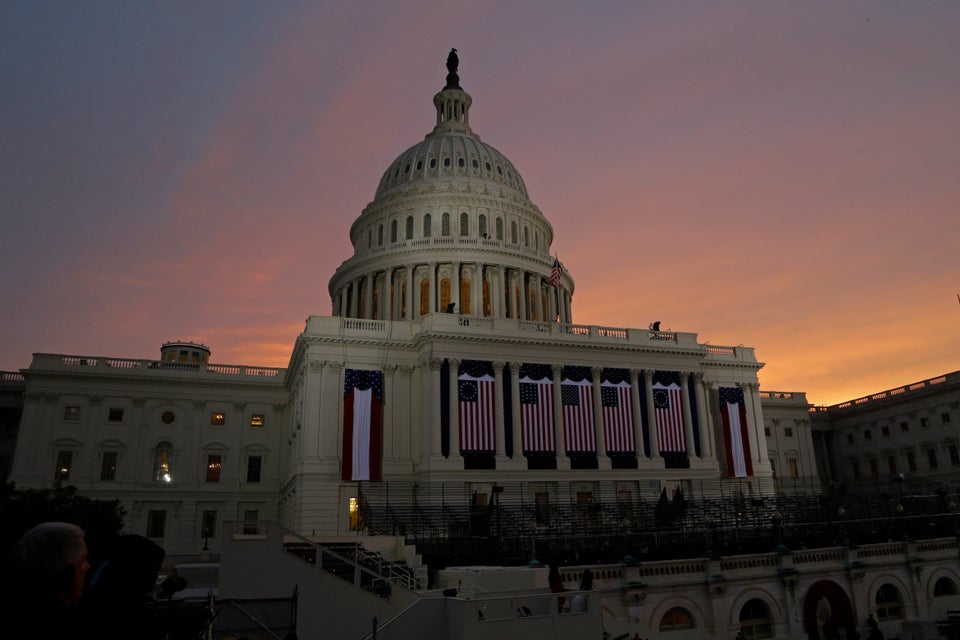WASHINGTON -- Federal officials have determined that a 3D gun printed from blueprints available online qualifies as a deadly weapon and worry it could evade metal detectors at courthouses, schools and other public places.
The Bureau of Alcohol, Tobacco, Firearms and Explosives (ATF) produced its own version of the Liberator, a gun made of plastic that can be produced using a 3D printer and blueprints made available online earlier this year.
"We downloaded files, we created firearms from those files, and we tested those firearms," Earl Griffith, chief of ATF's firearms technology branch, said in a briefing with reporters at ATF headquarters in Washington Wednesday.
The design of the Liberator includes a block of metal that technically makes it legal under the Undetectable Firearms Act, which requires that a certain amount of metal be included in a weapon so it is detectable. But the metal plays no role in the weapon's function and could be easily removed.
The ATF's testing showed that the weapon, while not quite as powerful as most guns, could penetrate several inches of soft flesh as well as a human skull. The Liberator can only fire one shot before it must be reloaded, but ATF officials said that's all a determined assassin needs.
"The bottom line is, the penetration results demonstrated that the Liberator is a lethal weapon," Griffith said. "The .380 bullets fired from the Liberator penetrate sufficiently to reach vital organs and perforate the skull."
Testing found that the type of material used in the 3D printing was critical to whether the weapon would function properly. The ATF produced several versions of the weapon, some using plastic produced by the company Visijet and others using acrylonitrile butadiene styrene (ABS) plastic material. The Visijet version actually exploded during the test, as seen in the video above.
Griffith said that while the Liberator is the only 3D weapon available on a wide basis, ATF officials fully expect to see other models in the future. The ATF created its own 3D weapon that fired shotgun shells, and Griffith said he believed ABS material could be used to create an automatic weapon down the line.
"It is something that we've never seen before," said Richard Marianos, an assistant director at ATF. "It can defeat metal detection, and that's something we're concerned about."
The ATF has worked with officials from the TSA, the Secret Service and the FBI, all of which are concerned about the spread of 3D weapons. They aren't so concerned about the weapons becoming common on the street, but are more worried about people using 3D weapons to evade typical detection and get into areas where weapons would normally be banned. Agency officials declined to say whether the ATF actually owns its own 3D printer, which can cost anywhere from a few thousand dollars to hundreds of thousands of dollars.
When Congress passed the Undetectable Firearms Act in 1988 and renewed it in 2003, plastic guns "were only a theory," said Griffith. "Now, it's reality, because we do have the Liberator-type firearm." The law is set to expire in December, meaning it would be legal to possess a Liberator without the metal block that now brings it into compliance with the law.
Currently, X-ray machines used in many federal facilities can detect 3D weapons, unless they are broken down into component parts, in which case it may be up to security officials to recognize the individual components of the weapon. "Not every place you go to is like the airport," Griffith said. "A lot of places, [like] courthouses, all they have are metal detectors."

